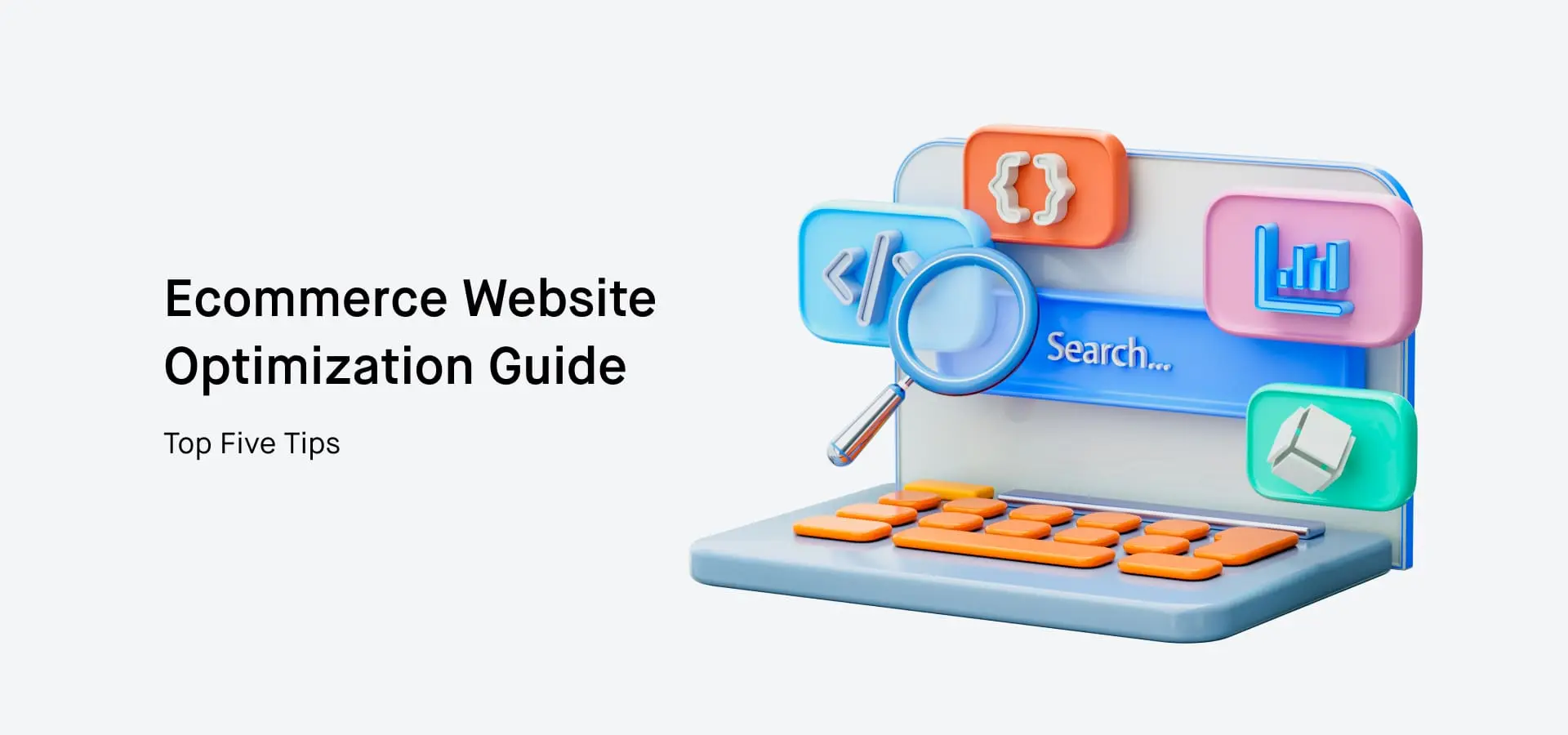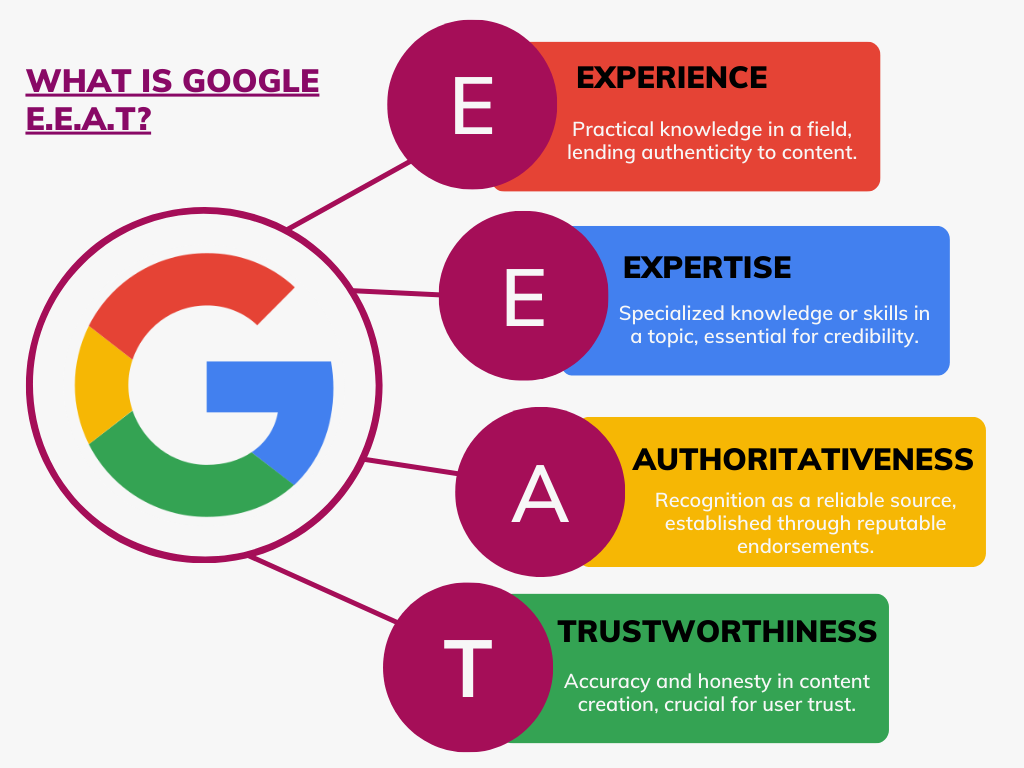How to Optimise your eCommerce Website: 5 Steps Guide

An e-commerce website works as a medium to sell products to consumers through online means. It works as a virtual shopping platform where customers browse through products, add them to the shopping cart, fill in the transaction details, and complete the purchase electronically. E-commerce websites are considered a reliable source for selling products online due to their 24/7 service availability. These websites also have the advantage of running on lower operational costs, which helps the business save on its rent and other utility expenses. In this blog, we will discuss ways to optimise your e-commerce website for increased sales.
5 Ways To Optimise An E-Commerce Website
1 Boost Product Page Conversion
A conversion on the website refers to someone taking action on your website that you wanted them to take. It includes ordering and buying a product from your website, adding an item to the cart, signing up for a newsletter, creating an account on the website, browsing through the website’s pages, or applying a discount or promo code when purchasing a product. To optimise your website, you can start working on its page conversion aspect by using high-quality videos and product images as descriptions for the product. You can also use compelling product descriptions to highlight the benefits of a particular product, its effectiveness and highlight its reviews. To boost the conversion rate of the page, you should also include a clear description of the product prices, including their discounted rates or any other relevant information, such as “out of stock” or “in stock”.
2 Enhance The User Experience and Design of the Page
The first thing that website visitors look for is the design and interface of the website. As a user, you might stay on a website that has a clean and easy-to-interact-with interface rather than one that seems cluttered and is full of bugs. To optimise a website and enable more customer interaction, you may need to enhance the interface of your website, including clear and ordered product category navigation on the page. Furthermore, the page should incorporate a smooth transition between pages, such as “Home to Category and Sub Category”. The interface should also incorporate search buttons that feature auto-suggest and filtering options, so users do not have to browse through the entire website. You should also focus on building interactive “Call to Action” buttons to increase customer interaction. Furthermore, other things to look for in a website include standard and simple typography, high-resolution and quality visuals.
3 Boost Website’s Visibility via SEO
Another effective way to boost your e-commerce website is to integrate an effective SEO strategy that includes working on your keyword research. This includes the use of competitive and effective keywords that can automatically drive sales into product descriptions and titles. However, ensure that they are not repetitive and relevant to the customer’s search. Furthermore, elements such as meta titles and descriptions should be well-optimised to help improve the CTR (Click Through Rate) from search results. You can also go for optimising products’ URLs to instantly enable the reader to know what the page is about. Moreover, you can also create SEO optimised and driven blogs and articles and share them on social media or just publish them on your website to generate and attract organic traffic to your e-commerce website. You can even go for various SEO services in Ireland to help you optimise your website as per SEO strategies and aid you in getting traffic on your website.
4 Enhance the Speed of your Website
Something that attracts the website’s visitors the most after a clean and easy-to-use interface is the speed of the website. To improve your website, one key area to focus on is enhancing your site’s speed. For this, you can use various free speed checkers for websites, and you can even try reducing the size of the images used on the website so that they don’t take too much time to load. Another thing to look for is a better web hosting site, which, regardless of whether it’s paid, is better to use a free one that results in a flimsy and incompetent experience. It is also recommended to run speed checkers for your website and use means to detect any bugs and fix them.
5 Look for Customer Reviews
The best way to optimise something that is meant for customers and used by customers is by taking feedback from them. Customers are the first-hand users of your website, and nobody else can have a better understanding of its functionality than they do. To analyse the kind of problems that your customers are facing, you need to run A/B tests and take relevant surveys to detect the issue. For this, you can integrate buttons like “Leave Feedback” and an instant pop-up feature after the customer leaves the website or the checkout process to get to know their experience. Furthermore, you can also rely on tools like Google Analytics to track and analyse the percentage of visitors interacting with the website and the amount of time they spend on each visit. You look for reviews before hiring e-commerce web design services. Similarly, your brand also needs genuine reviews to showcase how credible and professional your business is.
Frequently Asked Questions
Q1. Why is it important to optimise an eCommerce website?
Optimising your eCommerce website improves user experience, increases conversions, and helps your site rank higher on search engines. A well-optimised website attracts more visitors, keeps them engaged, and ultimately boosts online sales.
Q2. How can I increase product page conversions?
You can increase conversions by using high-quality product images, detailed descriptions, and visible pricing. Adding clear CTAs like “Buy Now” or “Add to Cart” and showcasing customer reviews can also build trust and encourage purchases.
Q3. What SEO strategies work best for eCommerce websites?
Effective SEO strategies include keyword optimisation for product pages, writing unique meta descriptions, improving site speed, and publishing SEO-driven blogs. Additionally, using clean URLs and structured data helps search engines better understand your content.
Q4. How does website speed affect eCommerce performance?
A slow website frustrates users and increases bounce rates. Fast-loading pages improve user satisfaction, encourage longer browsing sessions, and can even enhance your site’s ranking on Google — directly leading to more conversions.
Q5. How can customer reviews help with optimisation?
Customer feedback provides valuable insights into how users experience your website. Positive reviews build credibility, while constructive criticism helps identify improvement areas. Collecting and displaying reviews also boosts trust and influences buying decisions.
Final Thoughts
Optimising your e-commerce website is highly necessary to improve customer and visitor interaction, which ultimately can help surge sales. Optimisation of your website not only helps improve the frequency of users, but it also helps optimise your website for search engines like Google. In this article, we have discussed some effective ways to improve and enhance your website, including enhancing the interface through typography and other visual representation features. Furthermore, you can use SEO optimisation strategies to generate traffic to your website. Additionally, you can run several tests and work on minor fixes to optimise your web hosting experience and refine the coding of your website to resolve any bugs and enhance the overall functionality of your e-commerce website.






